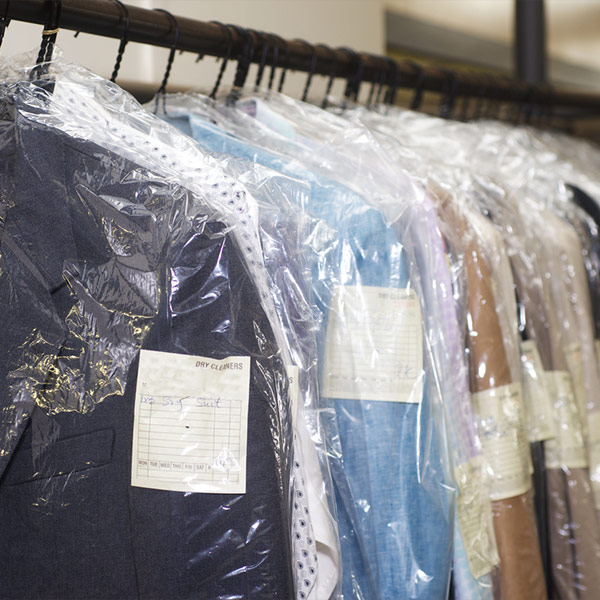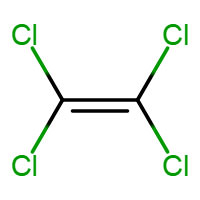Perc (Perchloroethylene or tetrachloroethylene)
TSCA Ten: Snapshots of the first 10 chemicals to be reviewed under the new TSCA
Date updated:
Summary: An overhaul in 2016 of the main U.S. chemical safety law, the Toxic Substances Control Act, required EPA to choose the first 10 chemicals for risk evaluation. Perc, one of the first 10 chemicals, is a chemical used in dry cleaning, degreasers, paints, and a range of other products. The U.S. National Toxicology Program has classified it as a "probable" human carcinogen.
What kinds of products may use it?
- Metal degreasers (for auto parts and electric motors)
- Spot/stain removers (for clothes, carpet, or furniture)
- Lubricants and greases
- Metal and stone polishes
- Paints and coatings including paint and coating removers
- Mold removers and anti-mold sealants
What hazards does it pose?
- Probable human carcinogen
- Neurotoxicity
- Kidney and liver toxicity
Who may be exposed or most at risk?
- Workers and occupational bystanders in perc manufacturing and processing industries or using commercial products containing perc
- Workers in the dry cleaning industry
- Consumers using products that contain perc
- People that depend on water sources contaminated with perc
- People that live in environments contaminated with perc
Production profile (2015)
- U.S. manufacture (production and import): 324,240,744 lbs
- Number of manufacturers: at least 13
- Number of manufacturing sites: 19
What industries use it?
- Chlorination during chemical manufacturing
- Dry cleaning
- Wood furniture manufacturing
- Plastic manufacturing
- Automotive manufacture and repair
- Electronic equipment degreasing
- Cold and vapor degreasing (large-scale degreasing techniques)
- Petrochemical manufacturing
- Agricultural product manufacturing
Perc additional resources
- EPA: Preliminary information on manufacturing, processing, distribution, use, and disposal [PDF]
- EPA: Scope of risk evaluation [PDF]
- EPA: Problem formulation [PDF]
- EPA: Integrated Risk Information System chemical assessment summary [PDF]
- EPA factsheet: Air toxics standards for perchloroethylene dry cleaners
- EPA: Risk assessment: Perchloroethylene dry cleaners refined human health risk characterization
Chemical snapshot

Perc can be found in stain removers used in dry cleaning.

Credit: Chem ID Plus data base under the U.S. National Library of Medicine.










